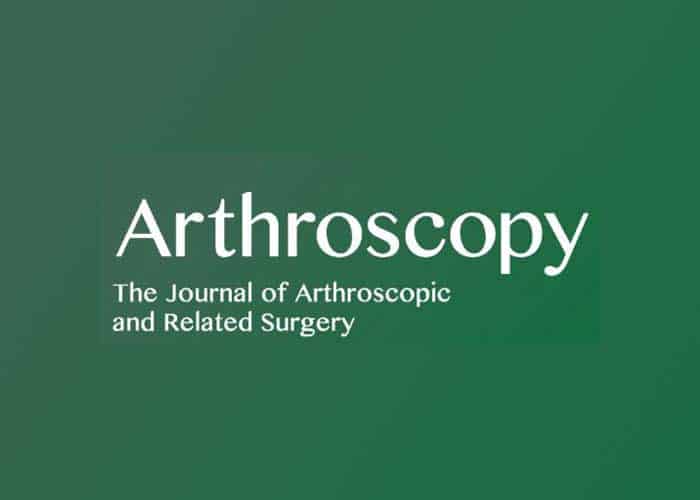
Title:
The Iliotibial Band is the Main Secondary Stabilizer for Anterolateral Rotatory Instability and both a Lemaire Tenodesis and Anterolateral Ligament Reconstruction can Restore Native Knee Kinematics in the ACL Reconstructed Knee. A Systematic Review of Biomechanical Cadaveric Studies
Authors:
Wybren A. van der Wal M.D., Diederik T. Meijer M.D., Ph.D., Roy A.G. Hoogeslag M.D., Ph.D., Robert F. LaPrade M.D., Ph.D.
Abstract:
Purpose
Our purpose was to obtain a comprehensive overview of comparative biomechanical cadaveric studies investigating the effect of both the iliotibial band (ITB) and anterolateral ligament (ALL) on anterolateral rotatory instability (ALRI) in anterior cruciate ligament (ACL)–injured knees, and the effect of lateral extra-articular tenodesis (LET) versus ALL reconstruction (ALLR) in ACL-reconstructed knees.
Methods
An electronic search was performed in the Embase and MEDLINE databases for the period between January 1, 2010, and October 1, 2022. All sectioning studies comparing the role of both the ITB and ALL on ALRI and all studies comparing the effect of both LET and ALLR were included. Articles were assessed for methodological quality according to the Quality Appraisal for Cadaveric Studies scale.
Results
Data of 15 studies were included, representing the mean values of biomechanical data collected from 203 cadaveric specimens, with sample sizes ranging from 10 to 20 specimens. All 6 sectioning studies reported that the ITB acts as a secondary stabilizer to the ACL and helps resist internal knee rotation, whereas in only 2 of 6 sectioning studies the ALL contributed significantly to tibial internal rotation (IR). Most reconstruction studies reported that both a modified Lemaire tenodesis and an ALLR could significantly reduce the residual ALRI in isolated ACL-reconstructed knees and were able to restore IR stability/IR stability during the pivot shift.
Conclusion
The ITB acts as the main secondary stabilizer to the ACL in resisting IR/IR during pivot shift and an anterolateral corner (ALC) reconstruction with either a modified Lemaire tenodesis and ALLR can improve residual knee rotatory laxity in ACL reconstructed knees.
